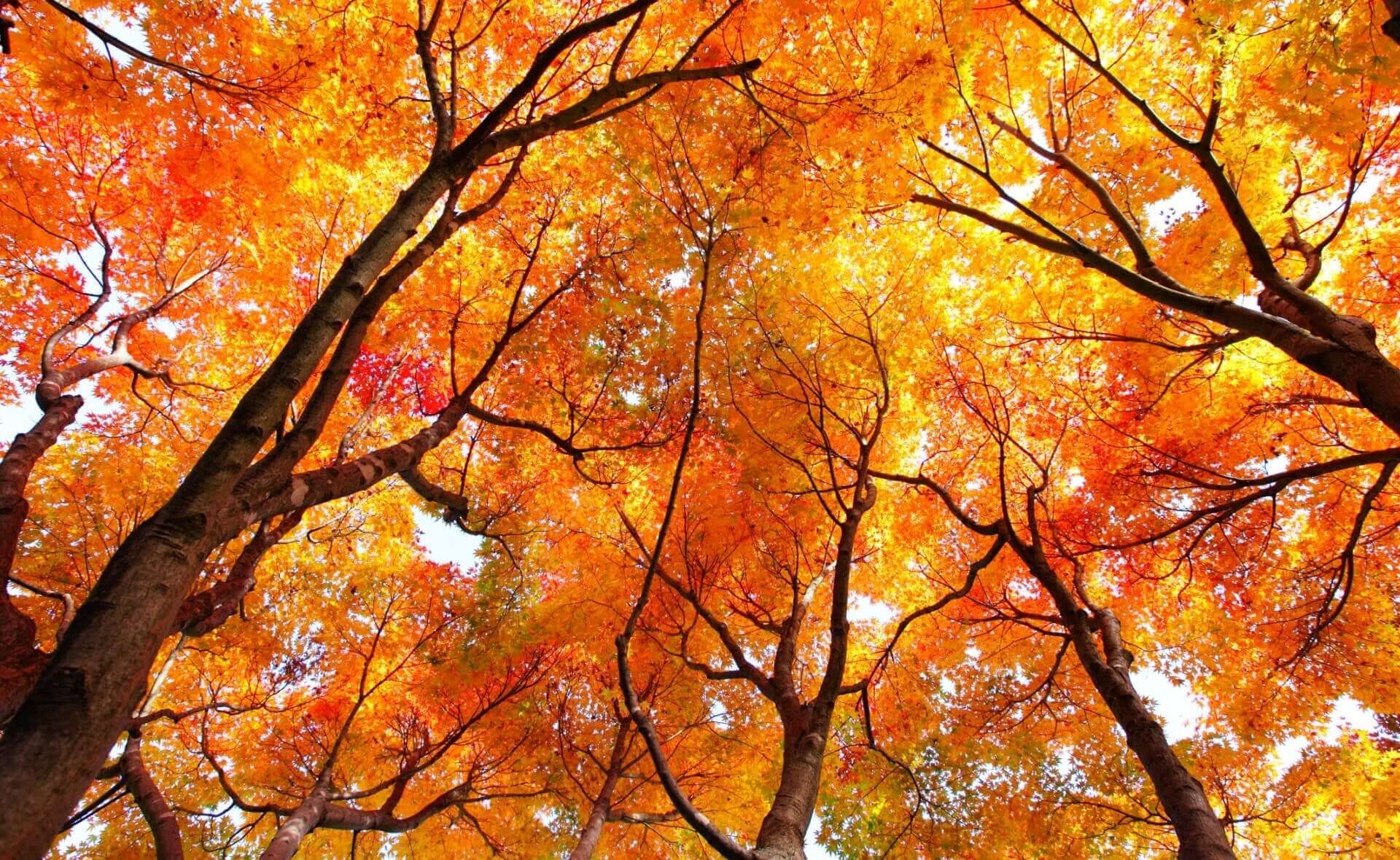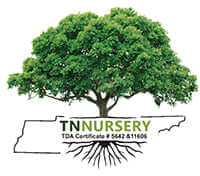Maple Trees: Nature's Gift of Beauty, Diversity, and Sweetness

Share
Species, Attributes, and Benefits
Maple trees, known for their stunning autumn foliage and syrup-producing abilities, are some of the most cherished and iconic trees in North America and beyond. These trees belong to the genus Acer and encompass various species, each with unique characteristics and benefits. In this exploration of maple trees, we will delve into the sugar maple, silver maple, red maple, and Japanese maple, shedding light on their distinct attributes and contributions to the natural world. Additionally, we will uncover maple trees' numerous benefits to the environment and human society.
Sugar Maple (Acer saccharum)
The sugar maple (Acer saccharum) stands as one of the most celebrated members of the maple family. It is known as the primary source of maple syrup. The sugar maple tree is revered for its ability to produce the sweet and golden elixir that graces breakfast tables worldwide. Sugar maples can be identified by their distinctive five-lobed leaves, which turn vibrant shades of orange, red, and yellow during the fall, creating picturesque landscapes. Besides its syrup production, the sugar maple offers valuable timber known for its durability and beauty. The wood is commonly used for furniture, flooring, and musical instruments. Its dense and fine grain makes it ideal for crafting intricate designs. Sugar maples provide critical habitat for various wildlife species in the natural world. Birds, such as woodpeckers and owls, nest in the cavities of mature sugar maples, while squirrels and chipmunks feast on the tree's seeds (known as samaras). The sugar maple's dense foliage also provides shade and refuge for countless creatures.
Silver Maple (Acer saccharinum)
The silver maple (Acer saccharinum) is another prominent member of the maple family, known for its distinctive silvery undersides of leaves that shimmer in the wind. This tree is often found near water bodies, as it thrives in moist soil conditions. It grows rapidly and can reach towering heights, making it a popular choice for urban landscaping. One of the remarkable features of the silver maple is its adaptability to diverse environments. Its ability to grow in wetlands and along riverbanks makes it an essential species for stabilizing soil and preventing erosion. The silver maple's extensive root system helps absorb excess water, mitigating the risk of flooding in flood-prone areas. While the silver maple's wood is softer than the sugar maple and not as suitable for furniture, it is often used for making pallets, crates, and pulp for paper production. Its relatively short lifespan and disease susceptibility are drawbacks, but its environmental benefits and rapid growth make it a valuable tree in specific contexts.
Red Maple (Acer rubrum)
The red maple (Acer rubrum) is celebrated for its striking foliage, ranging from brilliant scarlet to deep burgundy during the autumn months. This tree is highly adaptable, growing in various soil types and climates. Its versatility makes it one of North America's most widespread and abundant tree species. Red maples are particularly valued for their aesthetic contributions to landscapes, providing vibrant and colorful displays year after year. They are often used in urban and suburban environments, parks, and gardens to enhance visual appeal. In addition to their aesthetic value, red maples serve as a food source for various wildlife. Their seeds, buds, and flowers sustain squirrels, deer, and numerous bird species. Red maples also contribute to the ecosystem by improving soil quality through leaf litter and supporting diverse insect populations, attracting insect-eating birds.
Japanese Maple (Acer palmatum)
The Japanese maple (Acer palmatum) is renowned for its elegant and intricate foliage. Native to Japan, Korea, and China, this species has become a beloved ornamental tree worldwide. Japanese maples are often grown for their exceptional leaf shapes, ranging from delicate and lacy to bold and deeply lobed. They offer a stunning array of colors, including green, red, purple, and gold shades. Gardeners and landscapers treasure Japanese maples for their ability to create focal points, provide contrast, and infuse a sense of tranquility into outdoor spaces. These trees are often pruned and shaped to enhance their aesthetic appeal, making them a favorite choice for bonsai enthusiasts.
Benefits of Maple Trees
Maple trees, collectively, offer a multitude of benefits to the environment and society:
- Carbon Sequestration: Maple trees help combat climate change like many other trees. After they absorb carbon dioxide from the atmosphere, they store it in their woody tissues.
- Erosion Control: Silver maples and other wetland species are vital for stabilizing soil in flood-prone areas and along riverbanks, preventing erosion, and protecting water quality.
- Wildlife Habitat: Maple trees provide food and shelter for many wildlife, including birds, squirrels, insects, and deer, contributing to biodiversity.
- Aesthetic Value: The stunning foliage of maple trees enhances the beauty of landscapes, parks, and neighborhoods, boosting property values and promoting well-being.
- Economic Value: Maple syrup production generates income for countless farmers and communities in regions with abundant sugar maples.
- Timber and Wood Products: The wood from various maple species is used in construction, furniture making, flooring, and musical instrument crafting, contributing to local economies.
- Educational and Cultural Significance: Maple trees are deeply ingrained in North American culture, symbolizing tradition and regional identity.
Maple trees, including sugar maples, silver maples, red maples, and Japanese maples, are remarkable members of the natural world, each with unique qualities and contributions. These trees offer far more than their striking foliage and delicious syrup; they provide essential ecosystem services, enhance landscapes, and enrich our lives in countless ways. As stewards of our environment, we must value and protect these magnificent trees, ensuring that many generations continue to benefit from their presence and beauty.
